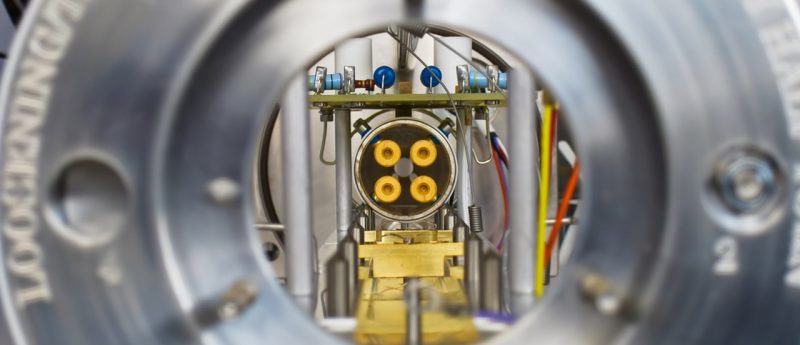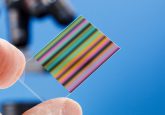Webinar Q&A follow-up: ‘Protein quantitation with confidence’

Thank you everyone who attended the live webinar: Protein quantitation with confidence. You posed a number of perceptive questions, but unfortunately we ran out of time to answer all of them live. Our expert speaker Dr Zhu (Bristol-Myers Squibb) and Dr Yuan-qing Xia (AB SCIEX), have kindly answered the outstanding questions. We hope this is a useful resource and thank our webinar attendees and Drs Zhu and Xia for their time.
Can you comment on the sensitivity difference using the same multiple reaction monitoring (MRM) method with and without differential ion mobility separation (DMS)?
The main reason to use DMS is to eliminate matrix interference, eliminating high baseline and/or separating isomeric interference. If the MRM method has adequate sensitivity and selectivity, one should use this MRM method for the bioanalysis. The absolute signal using MRM without DMS is higher than MRM with DMS, but the signal-to-noise ratio improvement will be the key measurement to select MRM-DMS for accomplishing better sensitivity.
What is the ruggedness of the DMS method, do any DMS parameters change for a large run batch?
DMS-MRM has a similar ruggedness performance as conventional MRM methods. DMS parameters, such as separation voltage and compensation voltage remain constant for a large run batch. DMS is suitable for the analysis of large numbers of samples.
Can we use your approach (multiple ion monitoring (MIM) and DMS) on older Sciex equipment like a 4000 or a 5000?
The DMS or SelexION is compatible to Triple Quadrupole and QTRAP 6500 and 5500. It is also compatible to TripleTOF 5600+ and 6600. However DMS is not compatible to Triple Quadrupole 4000 and 5000.
What is the linearity of the DMS method?
DMS has the same linearity as a regular MRM method.
Do you use non-collision-induced dissociation (CID) methods to fragment peptides not amenable to CID, for e.g. electron capture?
Electron capture dissociation is mainly used in Fourier transform ion cyclotron resonance mass spectrometry. For a typical bioanalytical lab, most users utilize triple quadrupole or QTRAP MS with CID fragmentation for quantitative bioanalysis. It may not be practical to use electron capture fragmentation techniques in bioanalysis. We didn’t test electron capture for cyclic peptides.
What sequence of sample clean up procedures do you prefer, protein precipitation> solid phase extraction > immunoprecipitation?
Sample preparation is a very important step in bioanalysis of proteins and peptides from biological matrices. A sample clean up strategy should be allied with the purpose of in vitro/in vivo studies. Protein precipitation sample clean up should be considered if the sensitivity is not the driving factor. Otherwise, solid phase extraction or immunocapture methods should be selected to achieve higher sensitivity to meet the study requirement.
Do you use stable isotope labelled protein/peptide internal standard (IS) for protein quantification?
We highly recommend the use of stable isotope labelled protein/peptide IS for quantitation of therapeutic proteins/peptides in biologic matrices. These IS’s can compensate analyte performance in every step of the bioanalysis, from digestion, sample clean up, LC retention, and MS performance. Stable isotope labelled IS is the ideal IS in protein/peptide quantitation.
MIM is similar to pseudo MRM done using TSQ Quantum accurate mass (Sinner F et al. on insulin analogs quantitation) what is new here?
MIM is similar to pseudo MRM. Certainly the pseudo-MRM has been previously used for quantitation. However, pseudo MRM or MIM alone has some limitations due to the lack of selectivity for bioanalysis. The new aspect of this current work is to combine DMS with MIM to improve the selectivity by reducing the matrix background and separating interference for quantitation. When MIM was used to trigger MS/MS acquisition (MIM-EPI) for drug metabolite profiling several years ago, it was useful (Yao M et al., JMS 2008 and RCM 2009).
Click here to view the webinar on demand.



